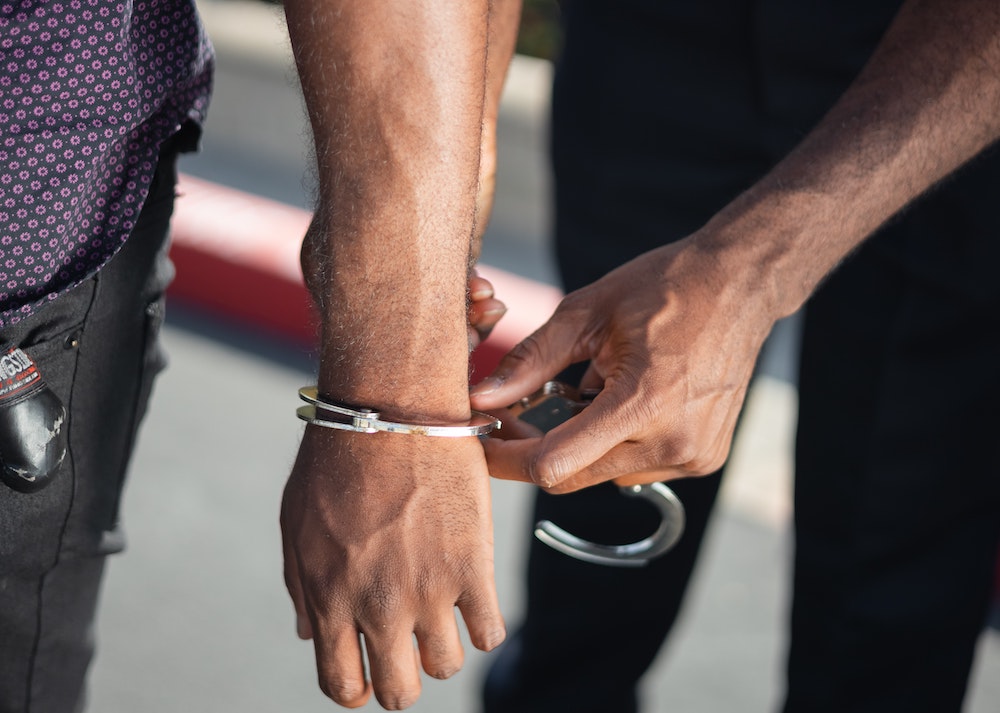Organized Retail Crime Is Now A $90 Billion Problem, And It’s Only Getting Worse
Organized retailer crime has grown to become a $90 billion problem for big-box retailers like Walmart and Target, and with previous efforts failing to properly combat it, consumers could see the prices of goods go up as a result.

Some of America’s biggest—and most affordable—retailers are warning the public that break-ins and theft may soon force them to raise prices. According to CNBC’s The Bottom Line, organized retail crime is a $90 billion problem and, with little to no help from law enforcement or the legal system, it’s only going to get worse. While big-box retailers have implemented numerous strategies to try to solve the problem, it’s had little to no effect on the upward trend of retail crime.
Unlike typical cases of shoplifting or theft, organized retail crime is exactly that—organized. Entire groups, working together, will break into a large store, take the most lucrative items, then resell them online. These schemes have been used everywhere from Walmart to Lowe’s to Best Buy to Walgreens and, so far, no one has found an effective solution to preventing the theft. They’ve tried locked plastic cases, AI-powered cameras, metal detectors, and even motion sensors, but none of these new technologies have been able to stop these smart and determined criminals.
Walmart’s CEO, Doug McMillon, has warned customers and law enforcement alike that if the problem isn’t resolved, they’ll be forced to raise prices and close stores. But it turns out that the narrative of theft-gone-wild advertised by Walmart and other large retailers might not be the entire story. While retail losses still accounted for a staggering $94 billion in losses last year, it will still up only a fraction from the year before—a far cry from the epidemic touted by retailers.
The $94 billion in losses also includes more than just organized retail crime; those losses include all shrink, which is just the difference between the products a company has purchased and the one the company can actually sell. There’s any number of reasons why a product might be considered shrink, from theft to spoilage to being returned. In fact, organized retail crime only accounts for 37 percent of the losses, an estimated $35 billion.
Most companies are sticking to their guns when it comes to organized retail crime, insisting that it’s a problem of epidemic proportions. But one retailer, Walgreens, admitted to blowing the problem out of proportion, stating that the business was doing fine and that the amount of theft experienced by stores nationwide was around the amount expected. On the other hand, though, Home Depot reported organized retail crime in their stores was growing yearly at “double-digit rates.”
Some law enforcement officials and legislators think that the solution has less to do with protective measures in-store and more to do with increased consequences for organized retail crime. The penalties for retail theft vary by state, but are largely lower than other, similar crimes. A punishment that matches the severity of the crime might help prevent increased amounts of retail theft, but one has to wonder if a multi-billion-dollar company like Walmart or Home Depot really has to resort to raising prices, or if they’re simply using organized retail crime as an excuse to make a larger profit.











